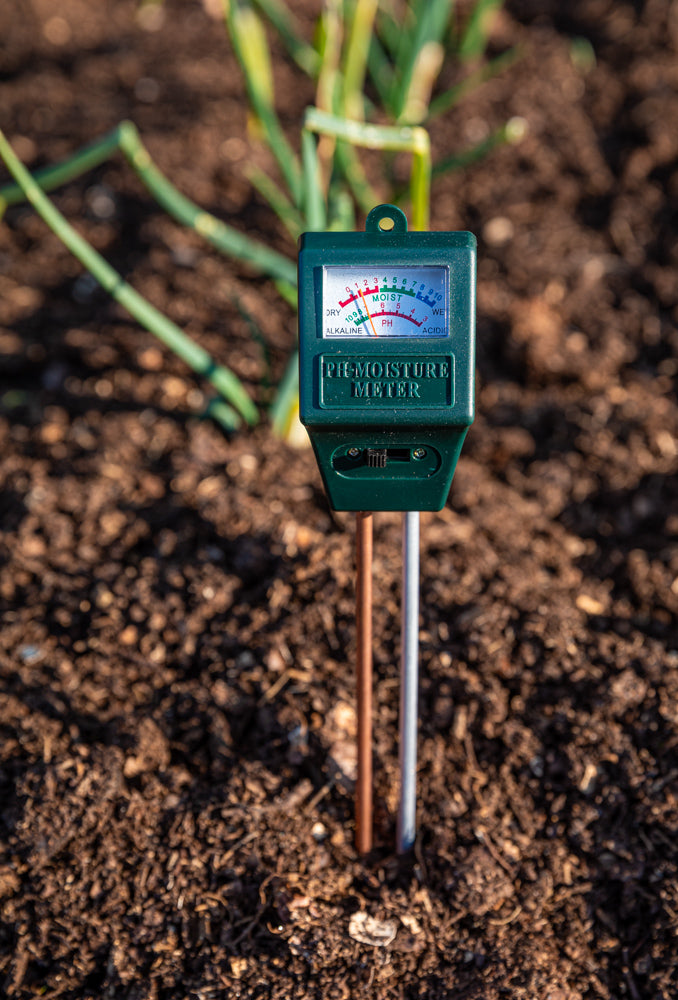
We have so many new gardeners joining the Gardzen community this year—welcome, we’re happy to have you! And with new gardeners come all sorts of good questions that help us review our own approaches to gardening and learn some new tips and tricks along the way. One of the most common questions we’re getting this year is “how do I get plants for my garden?” This is a really good question, and the answers aren’t always obvious. So, for gardeners both new and experienced, we’re going to devote this blog to how to get plants for your garden, finding sources of both plants and seeds that work for you, and a few other things about getting garden plants that we all might be surprised by. So, in grand Gardzen fashion, let’s dig in!
Where to Find Plants
There are a number of potential places to find plants—which is good for us as gardeners. Each potential source of plants, seedlings, and shrubs has its own strengths and weaknesses, so we’ll give you a quick rundown of them as we see them. Your experiences may be different—and that’s OK! Gardening is a big hobby, and we all have our own takes on things.
Home Improvement Stores—the big chains like Lowe’s, Home Depot, and Canadian Tire—sell plants of many kinds both ornamental and vegetable. They also sell a wide variety of gardening supplies, including tools, soil, and fertilizers. This can be a great resources for beginning gardeners; you can get everything you need to get started, all in one place! However, the staff may or may not be knowledgeable about what they’re selling, and they often don’t have the time or resources to answer questions, give you personal attention, or make good recommendations for your needs. The plants they sell tend to be hybrids rather than heirloom varietals, and we strongly recommend heirlooms whenever possible.
For better local advice, a more interesting plant selection, and more personal attention, you might give local garden shops and nurseries a try. We prefer to get our plants and seeds from them whenever possible—it supports local businesses and your local community in addition to give you access to resources and knowledge that are designed for where you live. Local nurseries, garden shops, and plant stores can also be great places to meet other gardeners who live near you—always a plus!
Speaking of local gardeners, getting involved with a community garden can help you get plants for your garden, as well as letting you get involved with your community, make new friends, and share knowledge about gardening, plants, and other topics. We don’t recommend going to a community garden and just asking for free plants; instead, try volunteering some time there and seeing how you can contribute too!
Starting your own plants from seeds or cuttings is a great way to get plants. It gives you access to a huge variety of possible additions to your garden, and the process of starting seeds or cuttings teaches you so much about how plants work and how to care for them throughout their life-cycle. With just a few simple tools—seed trays, containers, and a good pair of shears—you can make a new addition to your gardening hobby and grow new and interesting plants!

Planning Your Garden Shopping
When it comes to gardening, it pays to do a little planning before starting any new project. Getting new plants for your garden is something you’ll want to put at least a little thought into. While spontaneous plant purchase can be a fun way to explore, having an organized component to your gardening is helpful too.

So, we suggest that you take a good look at your garden space, test your soil, and do a little research into what will grow best there. Taking to your local garden club, community garden, or garden shop can be helpful here; they’ll know what works, what doesn’t, and how to get you started. Make a sun map of your garden so you know where the sun and shade fall, and how much of each a given section of your space gets!

Once you’ve figured out what you want to grown and where you can grow it, making a list of the plants you need/want to buy is a good idea. This is where it’s also helpful to make a spending budget for your plant purchases—it’s very easy to spend far more money than you realized while shopping for plants! Stick with your budget and you’ll probably be happier in the long run.
The next step is to head to your garden store of choice and get the plants you need!
Enjoy Your New Plants
No matter where you get your plants or how big your space is, we hope you’ll take some time to enjoy your new plants. While the work of gardening should be enjoyable, quiet time in your space with your plants is nice too. Whether you have a large backyard garden or just a few plants on a windowsill, your garden is yours and we hope you can find time to enjoy it in peace and quiet!
We do have one request: if you have time, show us your garden! We love to hear from you, so get in touch!

Leave a comment